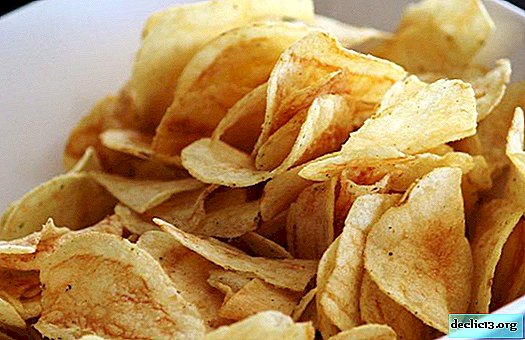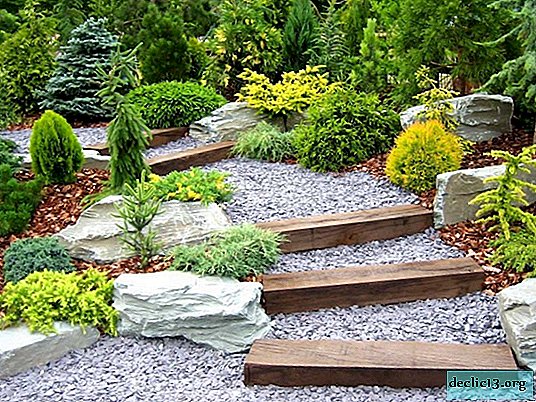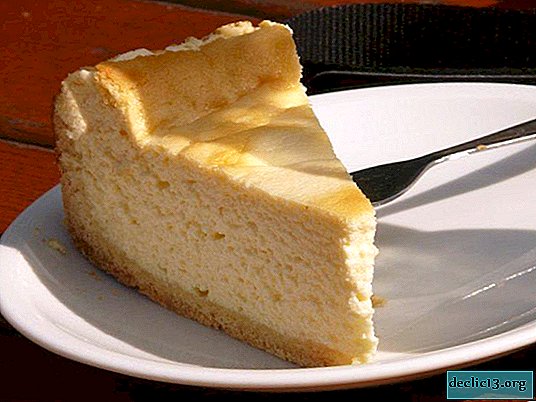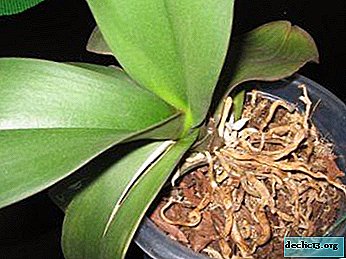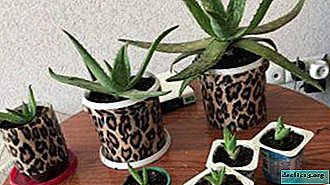All about the seeds of the white acacia of the genus Robinia: how to collect, plant and grow a plant from them?
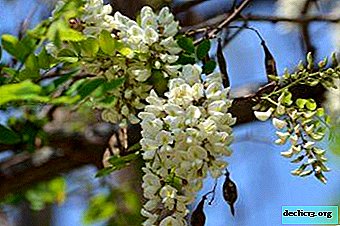
In nature, acacia is found in Australia, the savannahs of Africa and Mesquique. In our latitudes, varieties of white acacia, which belongs to the genus Robinia, are most often grown. And its seeds are popular due to its medicinal properties.
Pseudoacacia robinia is a beautiful tree with an openwork crown and white bunches of flowers. The plant does not live long, it is a fast-growing forest-forming and drought-resistant tree, of the genus Robinia. It grows on moist, lime-rich soils in forests of maple, oak, and pine.
What does the seed look like?
White acacia seeds form inside beans (pods). Beans are flat, usually 10-12 cm long. Each of them contains from 3 to 15 brown seeds.
White acacia seeds are quite light: weight 10,000 pcs. is no more than 250 g.Where and at what price can I buy?
 Acacia seeds need to be purchased in large specialized stores or firms. It is advisable that they have a good reputation and reviews.
Acacia seeds need to be purchased in large specialized stores or firms. It is advisable that they have a good reputation and reviews.
The price of white acacia seeds varies from seller to seller. As a rule, it depends on the quality of the seed, the manufacturer, the "untwisted" store and other factors.
However, the average price for white acacia seeds can be given. It varies between 130 - 150 rubles per 1 gram. In one gram, approximately 50 pcs. seed.
How to collect from a plant yourself?
Acacia seed collection begins in late autumn - in November. Harvested seeds are peeled and folded into paper bags.
How to store?
Self-collected seeds, like purchased ones, need proper storage. Their quality and germination directly depend on this.
- Subcooling, overheating and high humidity are unacceptable for acacia seeds. The optimum temperature for this is from 0 to +5 degrees, so it is best to store them in the refrigerator.
- Seeds are recommended to be placed in closed containers: caskets or drawers. You can also use bags or paper bags for these purposes.
Medicinal properties and harm
White acacia has a number of healing properties and is used both in traditional medicine and in the manufacture of various drugs. The healing properties of white acacia:
- anti-inflammatory;
- antipyretic;
- antispasmodic;
- expectorant;
- hypotensive;
- laxative.
In folk medicine, the beneficial properties of acacia are used in the treatment of:
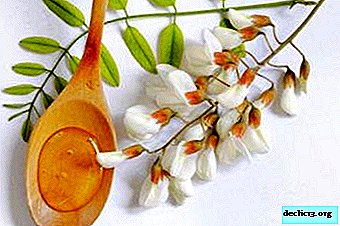 thrombophlebitis;
thrombophlebitis;- rheumatism;
- sciatica;
- gastritis;
- osteochondrosis and many other diseases.
Flowers and bark in their composition have robinin-flavonoid, which removes urea from the body. This component is toxic, therefore, without consulting a specialist, it can not be used. Read more about the healing properties of White Acacia flowers here.
No exception are its seeds. They are used in the preparation of various tinctures and decoctions for external use. However it is necessary to strictly observe the dosage and be careful with the use acacia seed.
Despite the many beneficial properties, acacia can not be used without consulting a doctor. White acacia seeds, bark and roots contain toxic substances.Watch a video about the beneficial healing properties of white robinia:
Growing
Landing
What time of year?
There are two ways to sow acacia seeds:
- Seedlings. Seeds for seedlings are sown in March. For this, special boxes are used.
- In open ground. Seeds are planted in late spring, when the leaves on the trees begin to bloom.
What soil and capacity?
White acacia must be sown in seedlings filled with moist, loose and nutritious soil. She loves light, alkaline soil and does not tolerate waterlogging. It is not particularly demanding on soil fertility. Previously, ash is added to the soil. Separate pots can be used.
How to prepare for the process?
 Since acacia seeds have a very hard and dense shell, acacia seeds must be processed before sowing. There are 2 ways to do this:
Since acacia seeds have a very hard and dense shell, acacia seeds must be processed before sowing. There are 2 ways to do this:
- Stratify, in other words, withstand seeds for a month before planting at a temperature of 0 to 1 degree.
- Scarifyor rather, to destroy the seed coat. For this, the seeds are scalded with boiling water. You can rub them with sandpaper. After that, the seeds are soaked for 12 hours in water.
Presowing treatment of seeds is carried out in order to destroy their hard shell, which impedes germination.
Watch a video on how else to plant acacia seeds:
How to carry out the procedure?
With the seedling method of cultivation, acacia seeds must be sown in seedlings or pots with light, moistened soil.Ash is preliminarily added to the soil. Recommended planting depth - 2 - 3 cm. Sowing time - March.
It is allowed to sow acacia seeds directly into the open ground. Since young shoots appear very quickly (after 7-14 days), they need to be planted after all frosts. A guideline may be the appearance of leaves on the trees.
Germination
For good germination of white acacia seeds, it is necessary to create favorable conditions, which are as follows:
- Air temperature should be above 20 degrees (for seedlings).
- Good lighting.
- Moderate watering.
Planting in the open ground is necessary after all frost has passed. The optimum temperature for seed germination is +20 - 25 degrees.
Seedling Care
With timely moderate watering, young sprouts appear after 1 - 1.5 weeks:
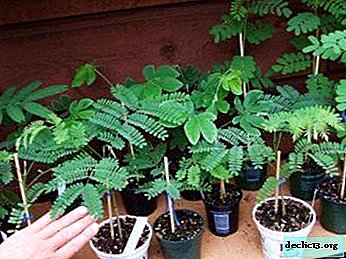 After their appearance, it is necessary to rearrange the container with seedlings in a well-lit place. With insufficient lighting, seedlings will gravitate toward the sun, while becoming thin and weakened.
After their appearance, it is necessary to rearrange the container with seedlings in a well-lit place. With insufficient lighting, seedlings will gravitate toward the sun, while becoming thin and weakened.- When using the seedling method for growing white acacia, seedlings should be planted in open ground already in May. The distance between them should be at least 2.5 meters.
- In the first year, young plants need abundant watering.
- Do not forget about the timely weeding and loosening of the soil.
- For winter, young seedlings are worth sheltering. This is best done with non-woven material, and mulch the surface above the ground with straw or peat.
Landing in a permanent place
After a successful wintering, acacia for the next year must be transplanted to a permanent place. Since acacia is quite unpretentious, it can be planted everywhere. But it is worth considering that if it is planted in a shaded place, this will affect flowering. To make acacia delight with lush flowering, you need to plant it in a well-lit place.
White acacia is not demanding on soil fertility either. However, to create more comfortable growing conditions, it is recommended to add compost, dolomite flour or ash to the soil. Acacia enriches the soil with nitrogen, thereby increasing its fertility.
Possible problems and difficulties
The main problems that can occur when growing acacia are the following:
- Freezing seedlings. In severe winters, young acacia seedlings can freeze, up to the root neck. If the root system is preserved, the plant is quickly restored. Every year, as acacia grows, its frost resistance increases.
- Excess fertilizer. An excess of nitrogen fertilizers is fraught with the appearance of very long shoots - up to 120 cm in length. They need to be shortened to 40 cm at the end of summer.
- Diseases and Pests. It is worth noting that acacia is very resistant to diseases and pests. In the steppe zone, acacia can occasionally be affected by a sawfly and scale insects. A measure to combat them is the treatment with drugs such as Karbofos, Komandor, Aktara, etc.
So, following simple rules and recommendations, you can grow white acacia. Its magnificent snow-white flowering will not leave anyone indifferent. And the healing properties of acacia will help to cope with many ailments and maintain health for many years.

 thrombophlebitis;
thrombophlebitis; After their appearance, it is necessary to rearrange the container with seedlings in a well-lit place. With insufficient lighting, seedlings will gravitate toward the sun, while becoming thin and weakened.
After their appearance, it is necessary to rearrange the container with seedlings in a well-lit place. With insufficient lighting, seedlings will gravitate toward the sun, while becoming thin and weakened.